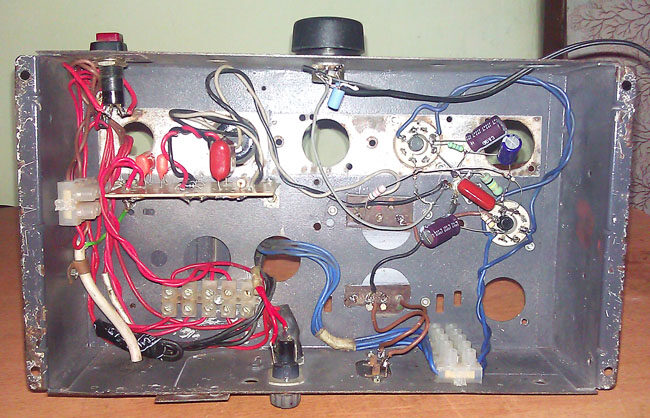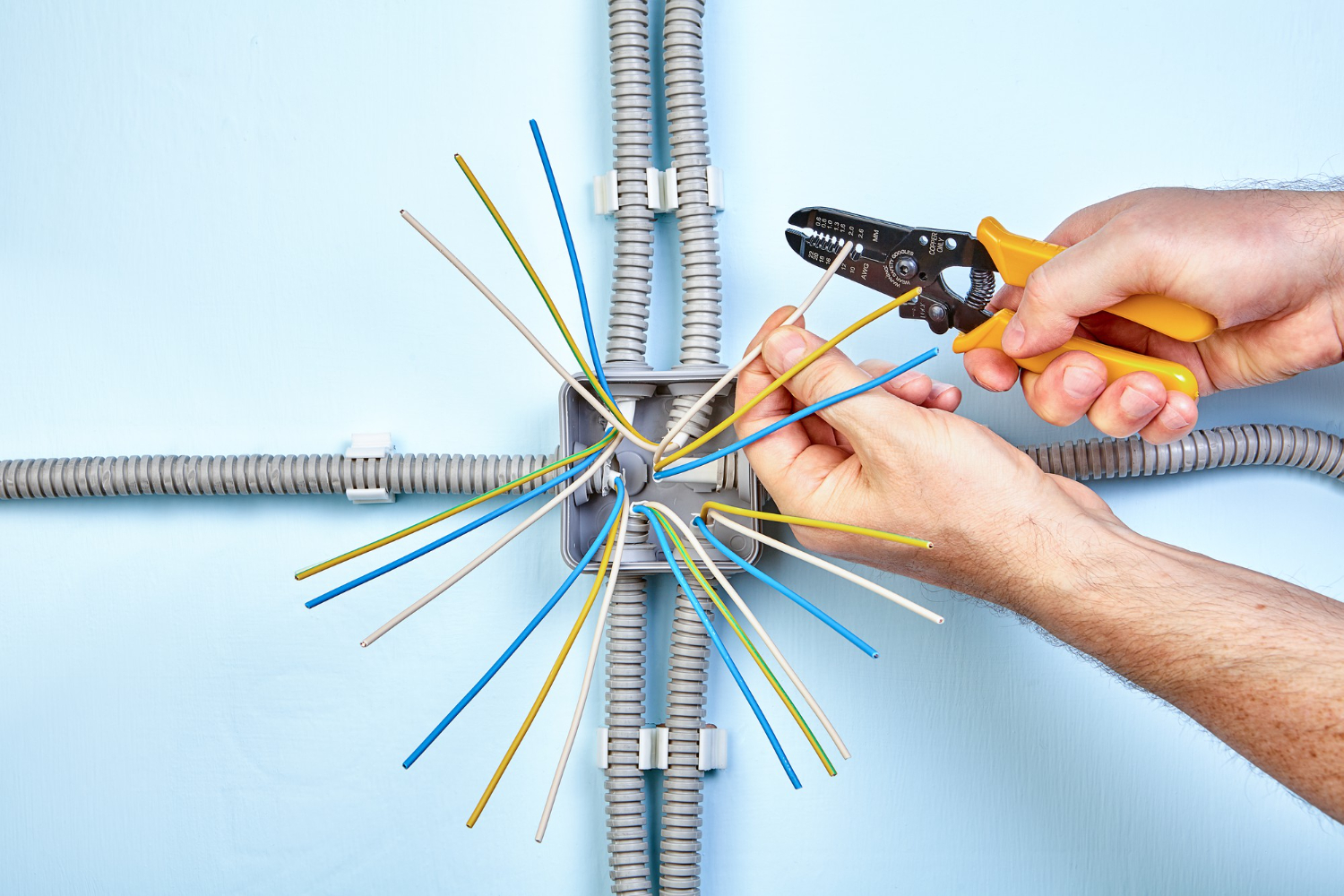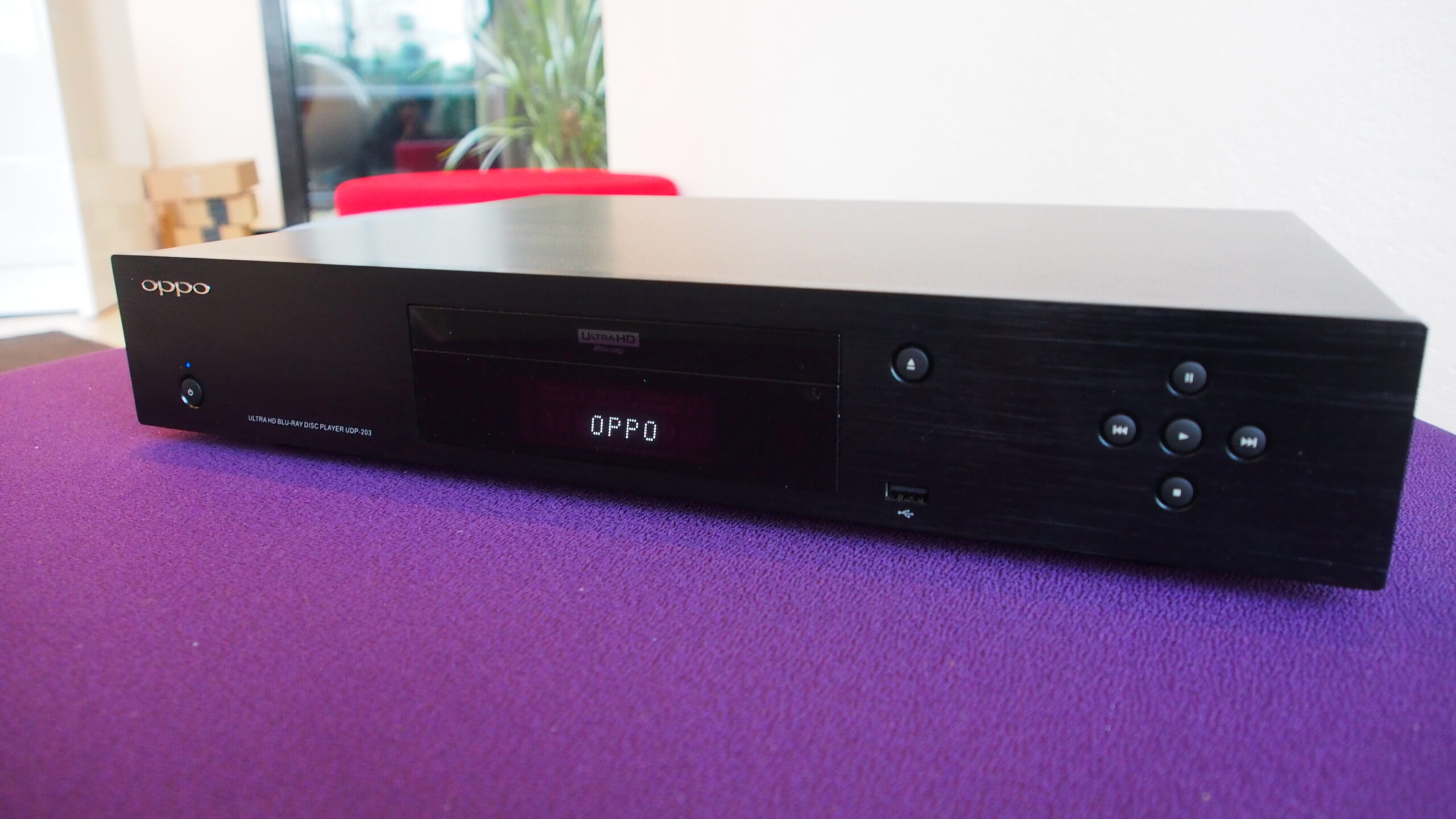Swapping tubes can be a common scenario for electronics hobbyists and repair enthusiasts. Whether you’re restoring an old radio or upgrading an amplifier, you might wonder if you can replace a 6J5 tube with a 6V6.
Understanding the differences and implications of such a swap is crucial to avoid damaging your equipment and to ensure optimal performance.
In this blog post, we’ll explore the specifications, practical implications, benefits, and risks associated with using a 6V6 in place of a 6J5.
What is a 6J5 Tube?
Specifications and Common Applications
The 6J5 is a single triode vacuum tube, widely used in various electronic devices. Known for its reliability, the 6J5 is commonly found in audio amplifiers, radios, and other signal-processing equipment. It has a low amplification factor and is primarily utilized in pre-amplification stages.
Historical Context
Introduced in the mid-20th century, the 6J5 quickly became a staple in many electronic circuits. Its simple design and robust performance made it a favorite among engineers and hobbyists alike.
General Usage
The 6J5 is often used in audio applications where low noise and high fidelity are required. Its ability to handle small signal amplification makes it ideal for initial amplification stages in amplifiers and receivers.
What is a 6V6 Tube?
Specifications and Common Applications
The 6V6 is a beam power tube, primarily used in the output stage of amplifiers. Known for its rich, warm sound, the 6V6 is a popular choice in guitar amplifiers and hi-fi audio equipment. It has a higher amplification factor and can handle significantly more power than the 6J5.
Historical Context
The 6V6 was introduced around the same time as the 6J5 but quickly found its niche in high-power applications. Its ability to deliver substantial output power made it a go-to tube for audio enthusiasts and professionals.
General Usage
The 6V6 is typically used in the output stages of audio amplifiers. Its ability to handle higher voltages and currents makes it suitable for driving speakers and providing significant audio output.
Can You Use a 6V6 in Place of a 6J5?
Electrical Differences
- 6J5: Low power, single triode, low amplification factor.
- 6V6: High power, beam power tube, high amplification factor.
The primary electrical difference lies in their power handling capabilities and amplification factors. While the 6J5 is designed for low-power applications, the 6V6 is built to handle much higher power levels.
Pin Configuration
- 6J5: Standard triode pin configuration.
- 6V6: Beam power tube pin configuration.
The pin configurations are different, which means direct replacement is not possible without modifications.
Operating Voltages
- 6J5: Lower operating voltages.
- 6V6: Higher operating voltages.
The 6V6 requires higher operating voltages, which can be a critical factor in determining compatibility.
Functional Differences
Amplification Factors
- 6J5: Low amplification.
- 6V6: High amplification.
The 6V6 provides a higher amplification factor, which can significantly alter the performance of the circuit.
Output Power
- 6J5: Low output power.
- 6V6: High output power.
The 6V6 can deliver more power, making it suitable for applications requiring higher output.
Heat Dissipation
- 6J5: Lower heat dissipation.
- 6V6: Higher heat dissipation.
The 6V6 generates more heat, which needs to be managed to prevent damage to the circuit.
Practical Implications
Physical Compatibility
- Socket Fit: The 6V6 will not fit into a 6J5 socket without modifications.
- Modifications Needed: Rewiring and socket changes are necessary to accommodate the 6V6.
Performance Impact
- Circuit Changes: The performance of the circuit will change due to the different electrical characteristics.
- Potential Issues: Electrical mismatches can lead to performance degradation or damage.
Benefits of Using 6V6 in Place of 6J5
Potential Advantages
- Availability and Cost: The 6V6 might be more readily available and cost-effective in some regions.
- Improved Performance: In specific scenarios, the 6V6 could offer improved performance due to its higher power handling and amplification capabilities.
Case Studies
Several electronics enthusiasts have successfully swapped 6J5 with 6V6 in custom-built amplifiers, reporting enhanced audio quality and output power.
Risks and Drawbacks
Potential Issues
- Electrical Mismatches: The different electrical characteristics can lead to mismatches, causing potential damage.
- Sound Quality: The sound quality may degrade if the circuit is not properly adapted.
Mitigation Strategies
- Precautions: Ensure thorough testing and use appropriate tools to measure performance before finalizing the swap.
- Testing Equipment: Use reliable testing equipment to ensure safe operation and optimal performance.
Step-by-Step Guide to Swapping 6J5 with 6V6
Preparation
- Gather Tools: Ensure you have all necessary tools and safety equipment.
- Review Schematic: Carefully review the circuit schematic and identify key components.
Testing Compatibility
- Initial Tests: Perform initial tests with the existing 6J5 to establish a performance baseline.
- Socket Compatibility: Check socket compatibility and make necessary modifications.
Installation
- Remove 6J5: Carefully remove the 6J5 from the socket.
- Install 6V6: Install the 6V6, rewiring if necessary to match the pin configuration.
Testing and Tuning
- Power Up: Power up the circuit and check for immediate issues.
- Detailed Tests: Perform detailed tests to measure performance changes.
- Fine-Tuning: Adjust the circuit for optimal performance.
Conclusion
Swapping a 6J5 with a 6V6 can offer several benefits, including improved performance and availability. However, it comes with its set of challenges and risks.
By understanding the differences between these tubes and following the proper steps, you can successfully make the swap and enhance your electronic projects. Whether you decide to undertake this modification or not, always prioritize safety and thorough testing.
Explore more about tube swaps, and join our community of electronics enthusiasts to share your experiences and learn from others.


















